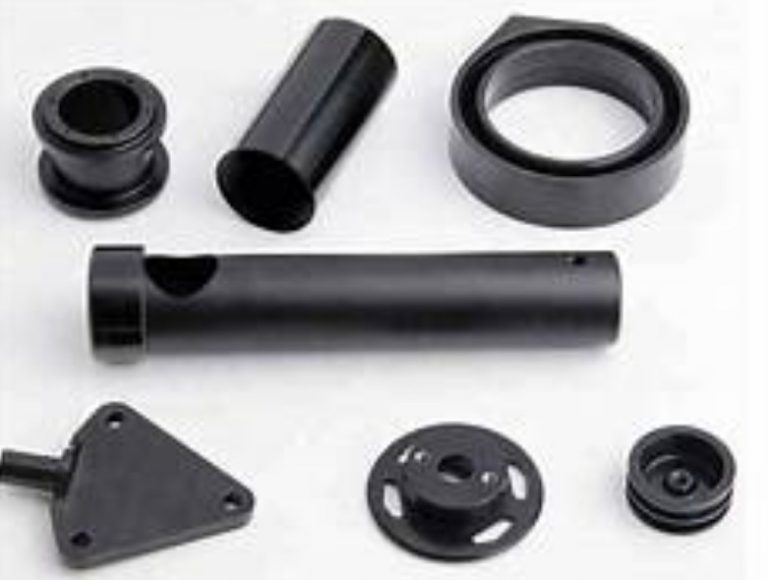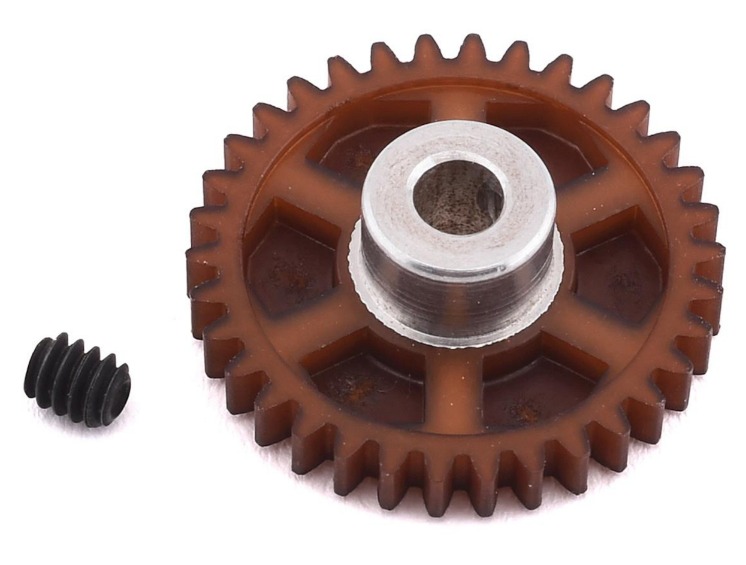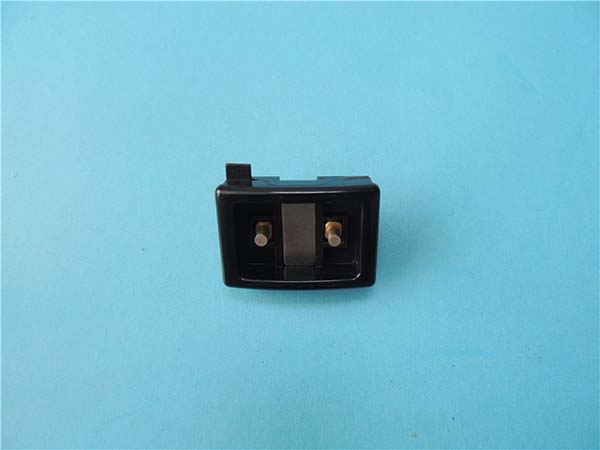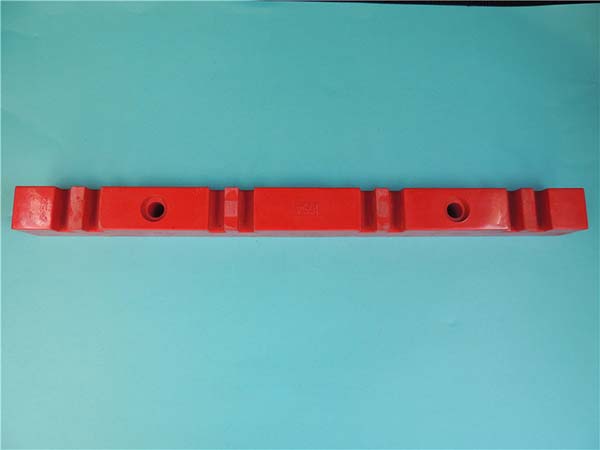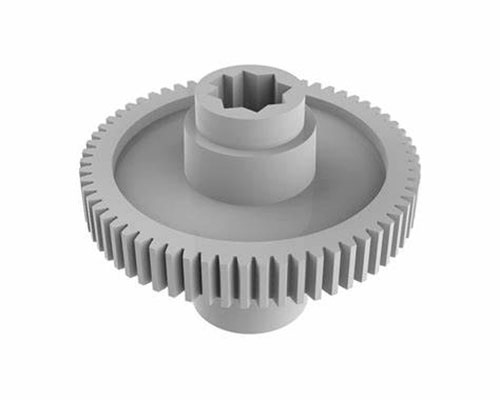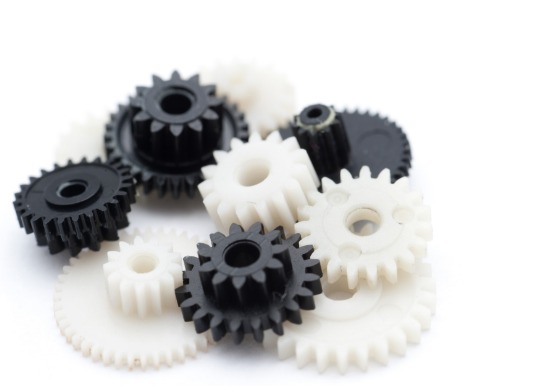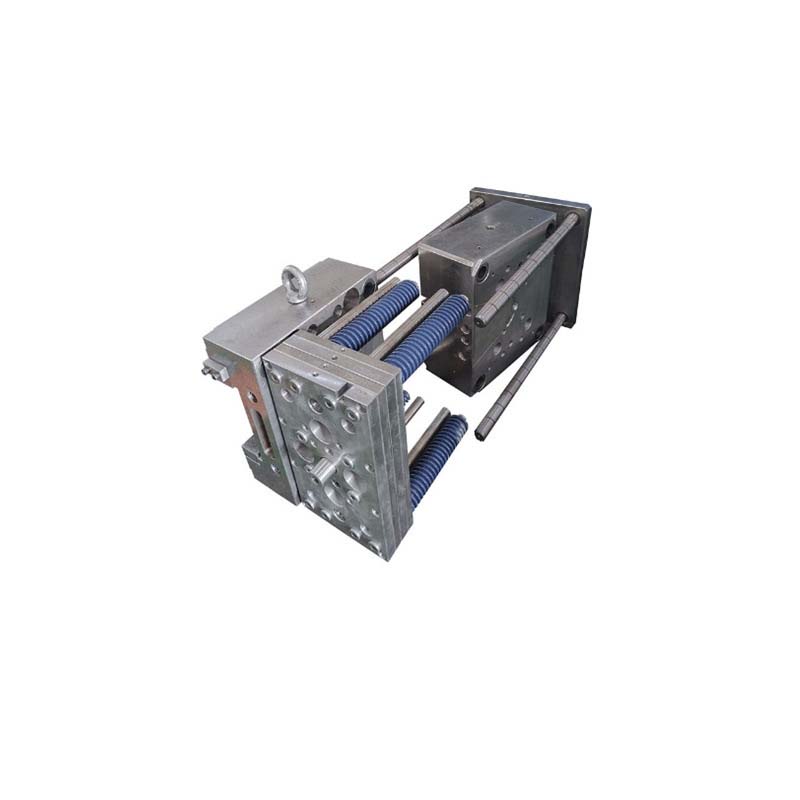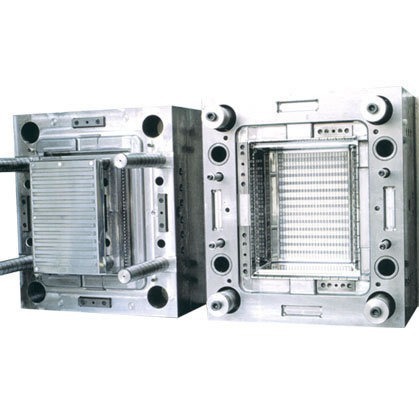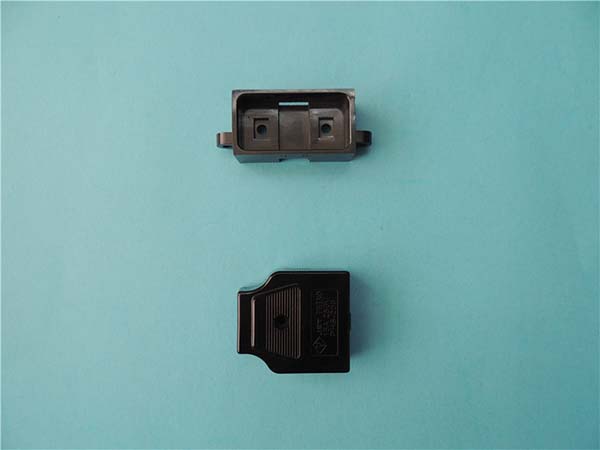Introduction
Unveiling the Significance of Plastic Medical Devices
In the modern healthcare landscape, plastic medical devices have emerged as an indispensable component, revolutionizing the way medical procedures are conducted and patient care is delivered. Their significance is multifaceted, touching upon various aspects of healthcare, from diagnosis to treatment and patient recovery.
Plastic medical devices have found their way into every nook and cranny of the healthcare sector. In diagnostic procedures, they play a crucial role. For Yigu Technology instance, plastic components are used in imaging equipment, such as the housings of X - ray machines and MRI scanners. These plastic parts not only reduce the overall weight of the equipment, making it more portable and easier to install, but also provide excellent insulation properties, safeguarding the delicate electronic components inside. In addition, plastic is widely used in diagnostic test kits. The test tubes, pipettes, and sample holders made of plastic are designed to be lightweight, disposable, and cost - effective. This disposability ensures that there is no risk of cross - contamination between samples, providing accurate test results.
When it comes to treatment, plastic medical devices are equally vital. Syringes, catheters, and infusion sets are some of the most common plastic - made treatment devices. Syringes, usually made of high - quality plastic, are designed to be precise in delivering medications. Their transparency allows medical staff to easily monitor the dosage of the drug being administered. Catheters, on the other hand, are used for a variety of medical procedures, such as urinary catheterization and intravenous drug delivery. The flexibility and biocompatibility of the plastic materials used in catheters make them suitable for long - term use within the human body without causing excessive discomfort or adverse reactions. Infusion sets, with their plastic tubing and connectors, ensure a smooth and continuous flow of fluids and medications into the patient's body.
Plastic also contributes significantly to patient recovery. Wheelchairs, walking aids, and orthopedic braces often incorporate plastic components. Plastic - made wheelchairs are lightweight, which is beneficial for both the patient's mobility and the caregiver's ease of use. Orthopedic braces made of plastic can be customized to fit the patient's body shape precisely, providing the necessary support for injured bones and joints during the recovery process.
Behind the production of these plastic medical devices stand the plastic medical device manufacturers. They are the driving force behind the innovation, production, and supply of these essential healthcare products. Without them, the seamless operation of the healthcare system would be severely hampered. Their role encompasses not only the manufacturing process but also research and development, quality control, and compliance with strict regulatory standards. In the following sections, we will delve deeper into the world of plastic medical device manufacturers, exploring their operations, challenges, and contributions to the healthcare industry.
The Scope and Scale of Plastic Medical Device Manufacturers
A Vast Industry Landscape
The realm of plastic medical device manufacturers encompasses a diverse range of products, each playing a unique role in healthcare. Syringes, a staple in medical treatment, are produced in staggering numbers. According to industry reports, billions of plastic syringes are manufactured annually worldwide. These syringes come in various sizes, from small insulin syringes with fine - gauge needles for diabetic patients to larger ones used for general drug administration. Their design has evolved over the years to include safety features such as retractable needles, which significantly reduce the risk of needlestick injuries among healthcare workers.
Catheters are another major product line. There are urinary catheters, central venous catheters, and arterial catheters, to name a few. Each type is engineered to meet specific medical needs. For Yigu Technology instance, central venous catheters are designed to be inserted into large veins, allowing for the delivery of medications, nutrients, and the withdrawal of blood samples. The global market for catheters is substantial, with a continuous demand driven by an aging population and the increasing prevalence of chronic diseases that often require long - term catheter - based treatments.
Culture dishes, commonly used in laboratories for cell and tissue culturing, are also an important product of plastic medical device manufacturers. These dishes provide a sterile and controlled environment for growing cells, enabling researchers to conduct experiments for medical research, drug development, and disease diagnosis. They are made from high - quality plastics that are transparent, allowing for easy visualization of cell growth under a microscope.
The scale of the plastic medical device manufacturing industry is truly remarkable. In recent years, the global market for plastic medical devices has been on an upward trajectory. A report by a leading market research firm indicates that the market was valued at over \(XX billion in 20XX and is projected to reach \)XX billion by 20XX, with a compound annual growth rate (CAGR) of XX%. This growth can be attributed to several factors. The expansion of healthcare infrastructure in emerging economies is one of the key drivers. As countries like India, China, and Brazil invest more in building hospitals, clinics, and diagnostic centers, the demand for plastic medical devices has surged. Additionally, technological advancements in plastic materials, such as the development of more biocompatible and durable plastics, have also contributed to the growth of the industry by enabling the production of more advanced and reliable medical devices.
Key Contributions to Healthcare
Ensuring Patient Safety and Comfort
Plastic medical device manufacturers place a high premium on patient safety and comfort, and their efforts in material selection and design innovation are pivotal in achieving these goals. When it comes to material selection, biocompatibility is a top - priority factor. Biocompatible plastics are those that can interact with the human body without causing adverse reactions. For example, polyvinyl chloride (PVC) has been widely used in medical devices such as blood bags and tubing. However, in recent years, manufacturers have been researching and using alternatives like thermoplastic elastomers (TPEs) in some applications. TPEs offer excellent biocompatibility, flexibility, and durability. They are less likely to cause allergic reactions compared to some traditional plastics, reducing the risk of complications for patients who may be sensitive to certain materials.
In terms of design innovation, ergonomics is a key consideration. Take syringes as an example. Modern plastic syringes are designed with a comfortable grip, often featuring textured surfaces that make it easier for medical staff and patients to hold. The plunger is engineered to move smoothly, reducing the effort required to draw or inject fluids. This not only improves the user - experience but also minimizes the risk of inaccurate dosing due to difficult handling. For patients who require long - term use of medical devices, such as those with chronic diseases, the comfort of the device can significantly impact their quality of life. Orthopedic braces made of lightweight and flexible plastics can be custom - molded to fit the patient's body precisely. This not only provides better support for the affected area but also allows for greater mobility and comfort during the recovery process, enabling patients to resume their daily activities more quickly.
Enabling Advanced Medical Procedures
Plastic medical devices have been instrumental in enabling advanced medical procedures, particularly in the realm of minimally invasive surgery. Minimally invasive surgeries have revolutionized the medical field, offering numerous benefits over traditional open - surgery methods. Catheters and other plastic - based instruments play a crucial role in these procedures. For instance, in angioplasty, a common minimally invasive procedure for treating blocked arteries, catheters are used to deliver a balloon or stent to the affected area. These catheters are made of flexible plastics that can navigate through the complex network of blood vessels with relative ease. The use of plastic catheters allows surgeons to access the site of blockage without the need for large incisions, reducing the risk of infection, blood loss, and tissue damage.
The precision of plastic - made surgical instruments has also greatly improved the success rate of many procedures. In laparoscopic surgeries, which involve the use of a laparoscope (a thin, flexible tube with a camera and light source) and small surgical instruments, plastic components are used in the construction of these tools. The lightweight and durable nature of plastics enable the design of instruments with fine - tipped ends, allowing surgeons to perform delicate maneuvers such as tissue dissection and suturing with greater accuracy. This precision not only improves the outcome of the surgery but also shortens the patient's recovery time. Patients who undergo minimally invasive surgeries often experience less pain, have a shorter hospital stay, and can return to their normal lives more rapidly compared to those who have open - surgeries.
Yigu Technology's Perspective
As a non - standard plastic metal products custom supplier, Yigu Technology has a unique perspective on the plastic medical device manufacturing industry.
Material Innovation: Yigu Technology emphasizes the importance of continuous material innovation. We are constantly exploring new plastic and metal materials that can offer enhanced biocompatibility, durability, and functionality. For example, we are researching new composite materials that combine the advantages of different plastics to create materials with better mechanical properties and chemical resistance, which can be used in the production of long - term implantable medical devices. This not only improves the performance of medical devices but also reduces the need for frequent replacements, thus enhancing patient safety and comfort.
Customized Services: Our customized services are tailored to meet the specific needs of medical device manufacturers. We understand that each medical device has its own unique design and functional requirements. Whether it's a small - scale production of a new - designed catheter or a large - scale order for customized surgical instrument components, we can provide precise manufacturing solutions. By working closely with our clients, we can ensure that every product we produce meets the highest standards of quality and functionality, enabling medical device manufacturers to develop innovative products that better serve the healthcare market.
Conclusion
Summarizing the Crucial Role
In conclusion, plastic medical device manufacturers play an irreplaceable and crucial role in the healthcare industry. Their products span a wide range, from the simplest syringes to complex catheters and laboratory culture dishes, meeting the diverse needs of healthcare providers and patients alike.
These manufacturers contribute significantly to patient safety and comfort. Through careful material selection and innovative design, they ensure that medical devices are biocompatible, ergonomic, and easy to use. This not only reduces the risk of complications during medical procedures but also improves the overall experience for patients, especially those who require long - term use of medical devices.
FAQs
1. What are the common types of plastic materials used in medical devices?
Common plastic materials used in medical devices include polyethylene (PE), which is known for its excellent chemical resistance, flexibility, and low cost. It is often used in the production of disposable items like syringes and tubing. Polypropylene (PP) is another popular choice. It has high heat resistance, good mechanical properties, and is relatively lightweight. PP is used in products such as surgical instruments' casings and some types of laboratory equipment. Polyvinyl chloride (PVC) has been widely used in blood bags, tubing, and catheters due to its flexibility and transparency. However, due to potential environmental and health concerns related to some additives in PVC, alternatives are being explored in some applications.
2. How do plastic medical device manufacturers ensure product quality?
Plastic medical device manufacturers ensure product quality through multiple measures. First, they conduct strict raw material inspections. Every batch of plastic materials is tested for its chemical composition, physical properties, and biocompatibility to ensure it meets the required standards. During the production process, manufacturers implement real - time monitoring systems. For example, in injection molding, parameters such as temperature, pressure, and injection speed are closely monitored and controlled to ensure consistent product quality. After production, comprehensive finished - product testing is carried out. This includes mechanical testing to check the strength and durability of the device, sterility testing for products that need to be sterile, and functionality testing to ensure that the device performs its intended medical function correctly.
3. Are there any alternatives to plastic in medical device manufacturing?
Yes, there are alternatives to plastic in medical device manufacturing. Metals like stainless steel and titanium are used, especially in surgical instruments. Stainless steel is strong, durable, and easy to sterilize, making it suitable for reusable surgical tools. Titanium is biocompatible and lightweight, often used in orthopedic implants. Ceramics are also an option. They have high chemical stability, wear resistance, and biocompatibility, and are used in dental implants and some joint replacement components. Additionally, bio - degradable materials such as polylactic acid (PLA) are being increasingly explored. These materials can break down in the body over time, which is beneficial for temporary medical devices like sutures and some tissue engineering scaffolds. However, each alternative has its own limitations. Metals are heavier and may corrode over time; ceramics are brittle and difficult to process; and biodegradable materials may have limited mechanical strength compared to traditional plastics.
